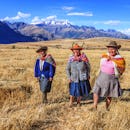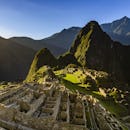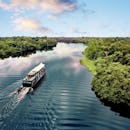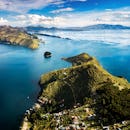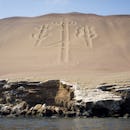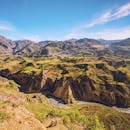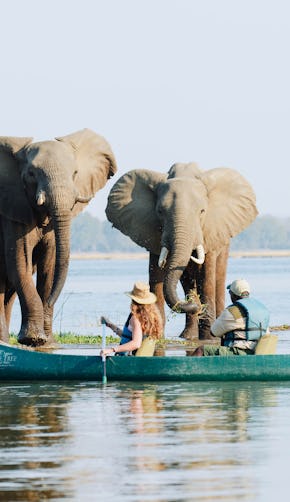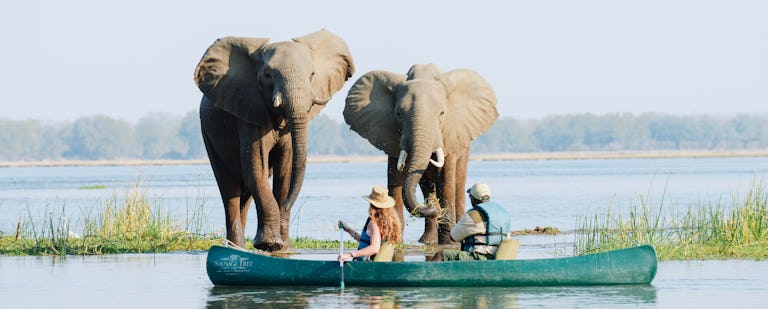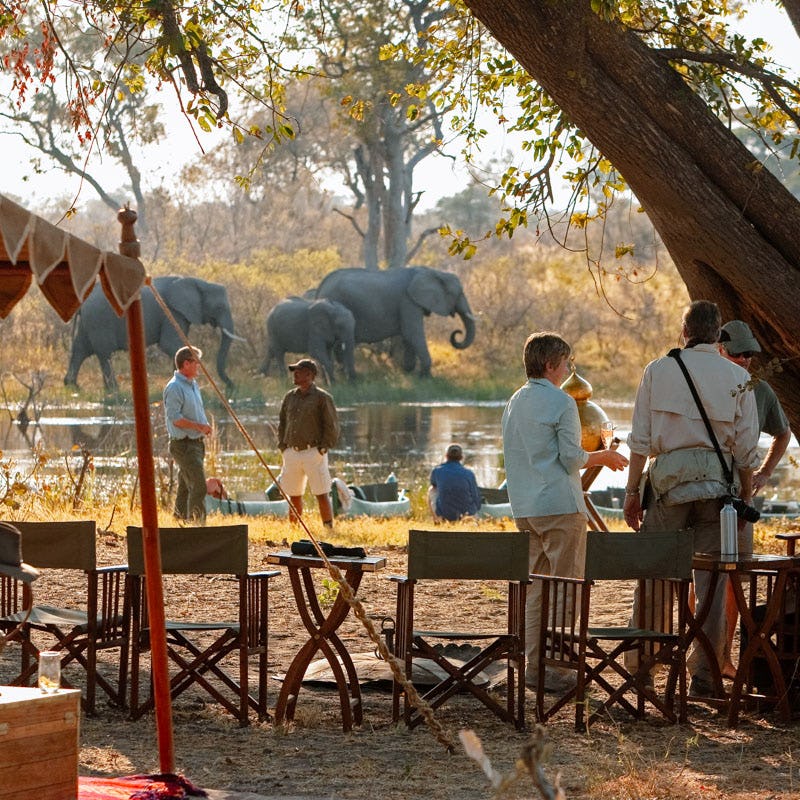With a breathtaking coastline, rainforests, desert canyons and epic mountain ranges, Peru has a habit of getting under your skin – and that’s before we’ve mentioned the wildlife, history and lip-smacking cuisine. Activities-wise, explore the Amazon by boat in search of sloths and pink dolphins, dine on high-end Peruvian cuisine in any one of the picture-perfect cities and explore the ruins of ancient Incan peoples. Looking for a holiday that does everything? You’ve come to the right place – and our handy Peru country guide is all about how to start planning!
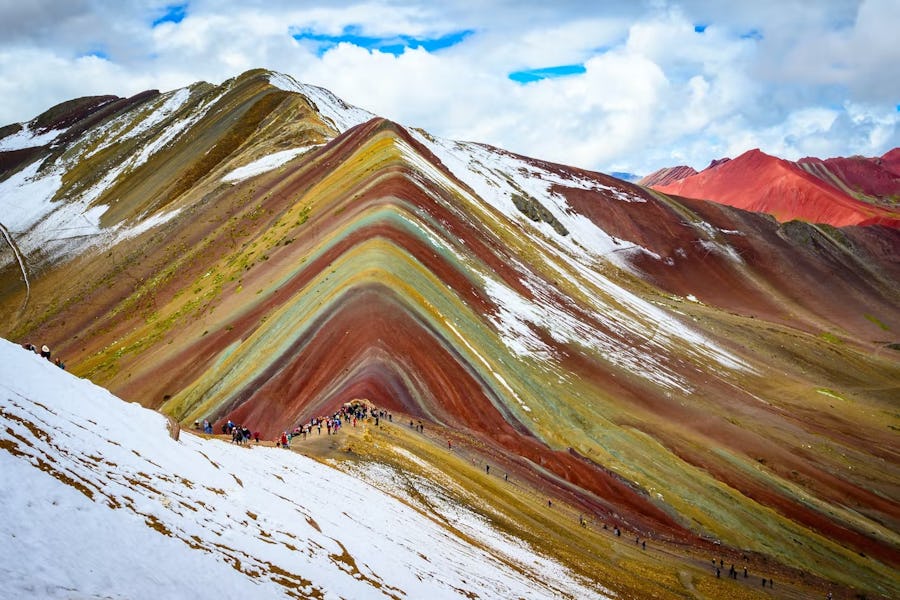
Cusco and the Sacred Valley
If you’re travelling to Peru, chances are you’ll want to immerse yourself in the country’s fascinating Incan culture and history – and there’s no better place to do so than Cusco and the Sacred Valley. Let’s start with Cusco. The captivating city is filled with architecture, delectable restaurants and is the perfect jumping-off point for exploring the nearby ruins. Once the capital of the Inca Empire, the name fittingly means ‘navel of the world’ in the local Quechua language and the central location is ideal. Then, just an hour’s drive away you’ll find the breathtaking Sacred Valley, as famous for its ruins as it is for vistas, culture and adrenaline-pumping activities. When here, it’s all about magical, colourful mountains, trying your hand at centuries-old crafts, and delving into the history books of the beating heart of the Incan Empire.
How do I do it?
International flights into Peru land in the capital city of Lima, and from there, it’s a quick 55-minute flight down to the ancient city of Cusco. There are also buses (good for saving some pennies and for excellent countryside views), but brace yourself for a long and bumpy ride – some of the journeys take up to 20 hours. Once you’re in Cusco, the Sacred Valley is easily accessed by road and a private transfer will have you there in an hour – but we’d still recommend spending a night or two in the Valley itself to really experience the treasures.
Where do I start?
Our Highlights of the Incan Empire trip does exactly what it says on the tin, whizzing you from the streets of Cusco to the hills of the Sacred Valley before finishing at the iconic Machu Picchu. For those who really want to test their hiking merit, our Cusco, the Sacred Valley & the Inca Trail trip includes the famous 26-mile trek, culminating at the wondrous Incan citadel, as well as an exploration around the rest of the region. Whichever you pick, you can’t go wrong.
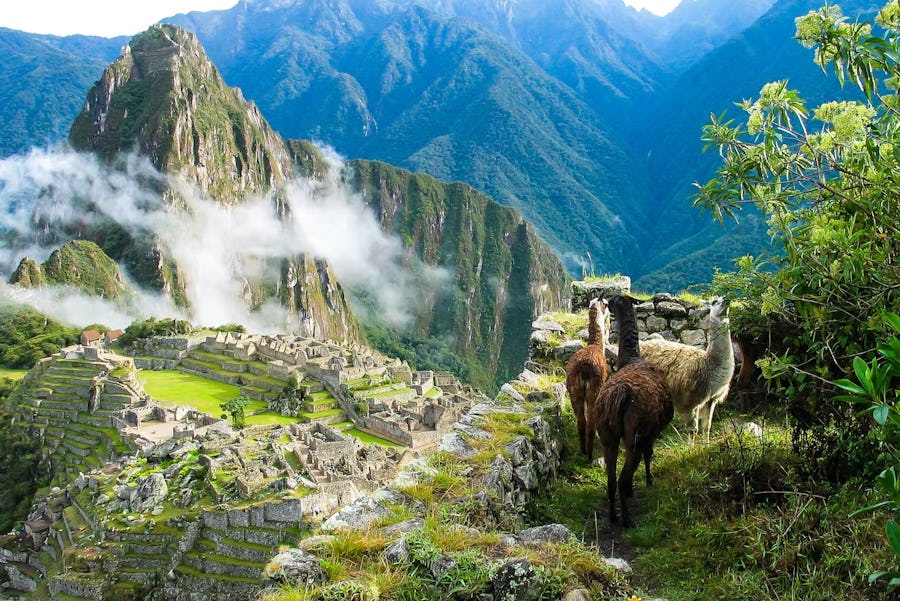
Machu Picchu
There’s a reason that Machu Picchu tops the must-visit lists of travellers across the world, and this ancient Incan citadel is truly a wonder to behold. Sitting at over 7,000 feet (2,100 metres) above sea level, it’s a testament to the building skills of the Incans and it is believed that the stones used to create it were brought up by sheer manpower alone. And whilst you might have seen the photos (and many of them), it’s only when you visit the sacred site in person that the sheer magnitude of the construction becomes apparent. Take your time roaming the network of over 150 buildings and more than 100 separate flights of stairs, soaking up the sheer magic of your surroundings and discovering centuries-old secrets, hidden in the walls…
How do I do it?
You can reach Machu Picchu in a number of ways, with Cusco acting as the main gateway to the ancient world. The adventurous can strap on their hiking boots and take one of the many treks that lead to the high-altitude ruins – there’s the famous Inca Trail of course, but it’s also worth considering the Salkantay or Lares treks for something a little different. You can also reach the ruins by train or bus, another great way to see the nearby landscape without needing to camp (or walk!) if that’s not your idea of a holiday.
Where do I start?
Almost all our Peruvian trips feature Machu Picchu – not many come all this way without visiting the world-famous site. Enjoy an Andean Adventure and explore everything from the modern capital city of Lima, Machu Picchu, and Cusco and the Sacred Valley before finishing at Lake Titicaca. There’s also our Ultimate Peru trip, which includes the Colca Canyon and the Amazon, as well as the other iconic highlights.
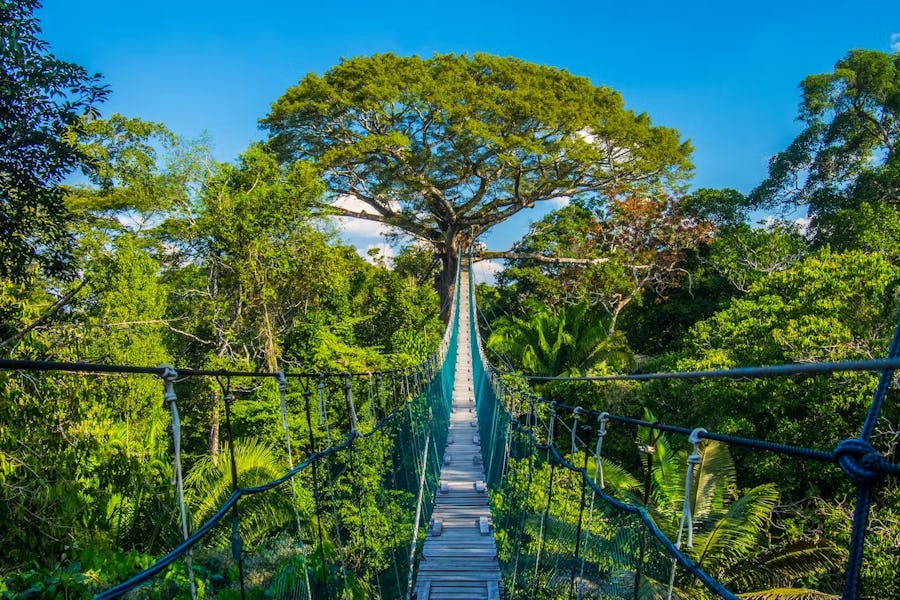
The Peruvian Amazon
The Amazon might be for the brave of heart but it’s an adventure like no other, packed with jungles and wildlife that you might have only imagined in your wildest dreams, from the pink dolphins jumping in the water, to the sloths, anacondas, monkeys, armadillos, tree frogs, and jaguars (if you’re really lucky) that languish on land. The Amazon might not always be a focus of’ Peruvian escapes, but it actually covers a whopping 60% of the country and provides a remote and seductively pristine experience. For a truly wild and unruly slice of nature, head to Pacaya Samiria National Reserve and Tambopata National Reserve; both are the spots to visit if you want to get to the heart of the Peruvian Amazon and are packed full of adventure.
How do I do it?
Lima is the best starting point to reach the Peruvian Amazon. For Pacaya Samiria National Reserve, you’ll fly from the capital to Iquitos (just over an hour and a half) and then from there, it’s a two-hour road transfer. For Tambopata National Reserve you’ll fly from Lima to Puerto Maldonado (again, just over an hour and a half), and then take a two-hour boat transfer. They might require a journey to get there, but you know what they say – it’s all part of the adventure.
Where do I start?
Our Ultimate Peru trip has everything you could want – and then some. Begin in Lima before travelling to the mystical Paracas and Nazca, Arequipa and the Colca Canyon, Lake Titicaca, Cusco and the Sacred Valley and Machu Picchu, before finally ending in the lush and tropical Amazonian rainforests.
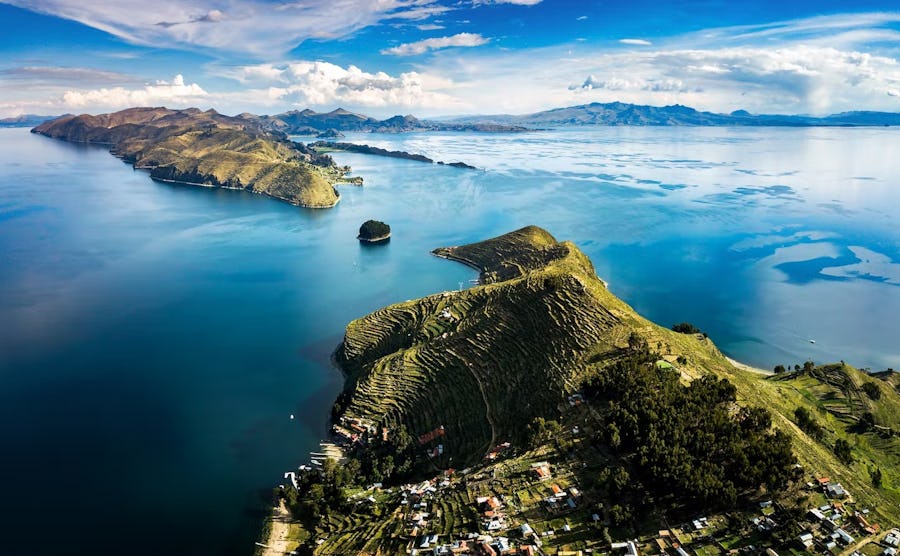
Lake Titicaca
The highest large lake in the world, we’re sure Lake Titicaca has probably been the answer to one or two pub quiz questions in its time and this gigantic body of water is worth every accolade it’s given. Sitting at over 12,000 feet (almost 4000 metres) above sea level and straddling the borders of Peru and Bolivia, Lake Titicaca has to be seen to be believed. And it’s not just the sheer size of the water that will blow you away, but also the lives of the communities who live on it. The floating islands of Lake Titicaca are unlike anything else on earth and the Uros communities (who predate the Incas) live on top of intricate totora reed islands, practising an intensely traditional way of life. If the lake wasn’t on your must-see list, we hope it is now.
How do I do it?
The city of Puno is the jumping-off point for the Peruvian side of Lake Titicaca, and there are a few ways to reach the lake. From Cusco, enjoy an incredibly scenic train journey to Puno, or fly to Inca Manco Cápac and take a private transfer or a six-hour bus ride. From Lima, fly to Juliaca and then book a private transfer.
Where do I start?
Our Andean Adventure ties Lake Titicaca into the other must-visit sights of Peru including Cusco, the Sacred Valley and Machu Picchu – culture vultures, this is the adventure for you – as does the Ultimate Peru trip, which is, well, the ultimate!
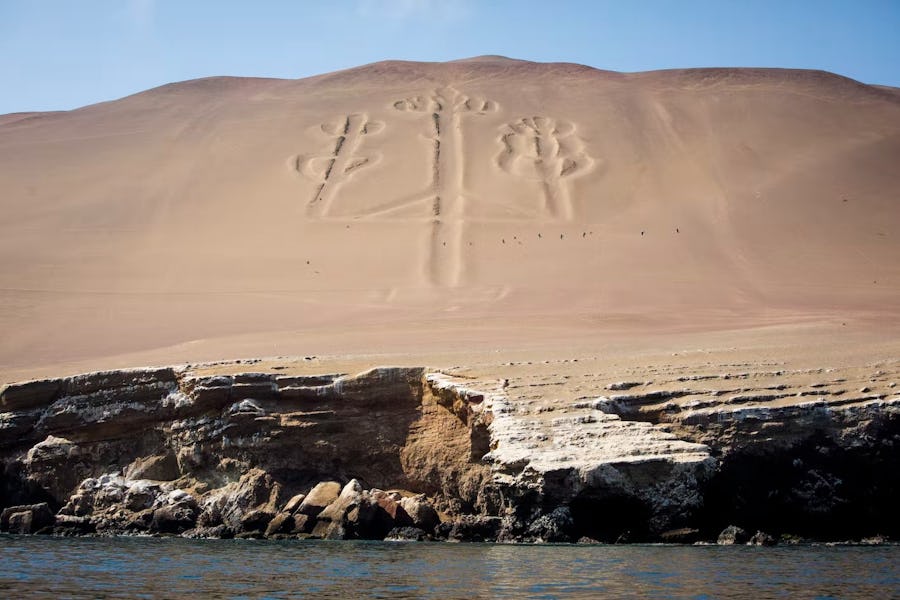
Lima, Paracas and The Nazca Lines
Peru’s capital city of Lima is where most Peruvian journeys begin and we don’t think there’s a better place to start your adventure. With beautiful buildings and grande dames brushing shoulders with electric, modern architecture, history on every corner, amazing surf breaks and truly world-class cuisine, this is the sort of city that travellers dream of. Then, venture south and you’ll eventually come to the small coastal town of Paracas, complete with turquoise seascapes and beachside wildlife (there’s a reason it’s sometimes known as the poor man’s Galapagos). Down here, there are desert adventures to be had and of course, it’s imperative that you fly high above to view the mystical Nazca Lines, carved in the sands a millennia ago.
How do I do it?
Lima couldn’t be easier to access: it’s the hub for international flights so you’ve little choice but to explore the vibrant capital. Paracas is a 3-hour drive south of Lima, so either hire a car or arrange a private transfer to reach the coastal haven.
Where do I start?
Every one of our Peru adventures begins in Lima so you can take your pick from An Andean Adventure, Cusco, the Sacred Valley & the Inca Trail, or our Adventure in Peru. There’s no wrong answer here! For an exploration of Paracas and The Nazca Lines, simply add it to one of the above adventures, build your own trip, or take it all in with Ultimate Peru.
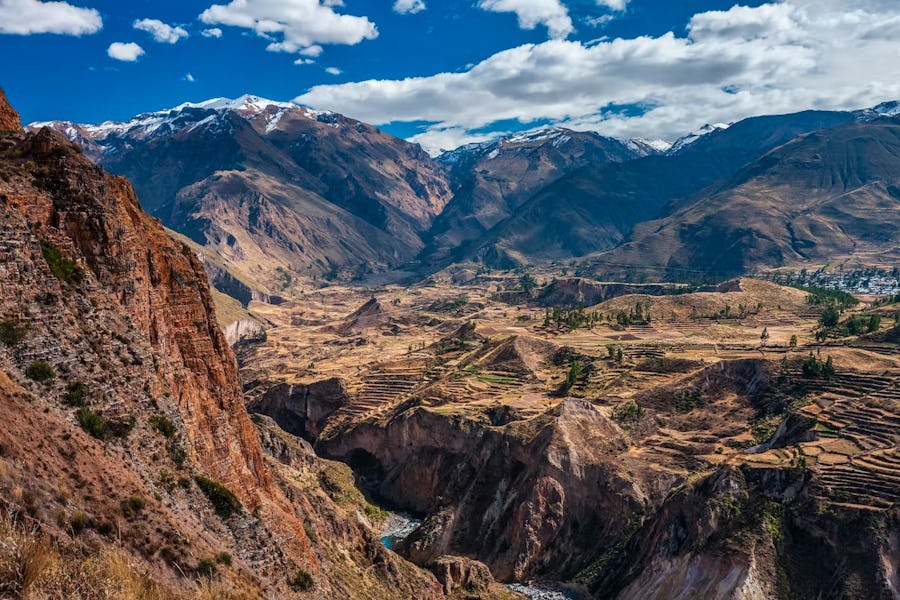
Arequipa and the Colca Canyon
Arequipa might not be as famous as Lima or Cusco, but it is South American romance personified. Think sprawling plazas, startling volcanic buildings, cobblestone streets, alfresco dining spots hidden in cosy corners, markets, and the breath-taking Monastery of Santa Catalina de Siena. But it’s not just the manmade that’s striking here: encircled by four volcanoes whose peaks can be spotted from all across Arequipa, the looming views are quite stunning. Head 3 hours north of the city and you’ll reach the Colca Canyon – one of the deepest in the world! At almost 70 kilometres long, its makes for an impressive trek but if high-altitude hiking isn’t for you, you’ll still love exploring the Andean valley with its lush farmlands and awe-inspiring scenery.
How do I do it?
Arequipa is fairly straightforward to reach with easy flights from both Cusco and Lima. If it’s an adventure you’re after, however, consider a train from Cusco. You’ll depart on Thursday and arrive Saturday, rattling across through the Peruvian landscapes as you go. As with most journeys in Peru, you can also travel by bus. Once you’re in Arequipa, it’s easy to reach Colca Canyon and a private transfer is probably the most comfortable option.
Where do I start?
As it’s so easy to reach from Cusco and Lima (where you’ll undoubtedly find yourself at some point), Arequipa can be added onto most itineraries and if you do have the time in your trip, it’s definitely a spot worth visiting. The Ultimate Peru trip already includes some time in the city, but just about any of our Peruvian trips can be customised to allow for longer in the region.











